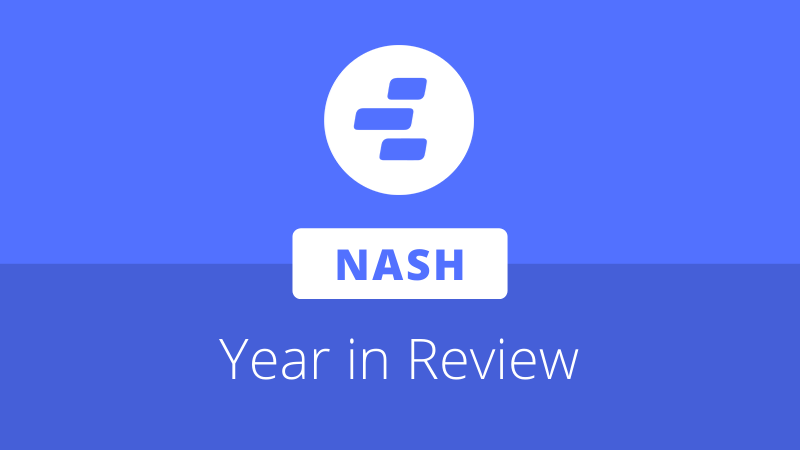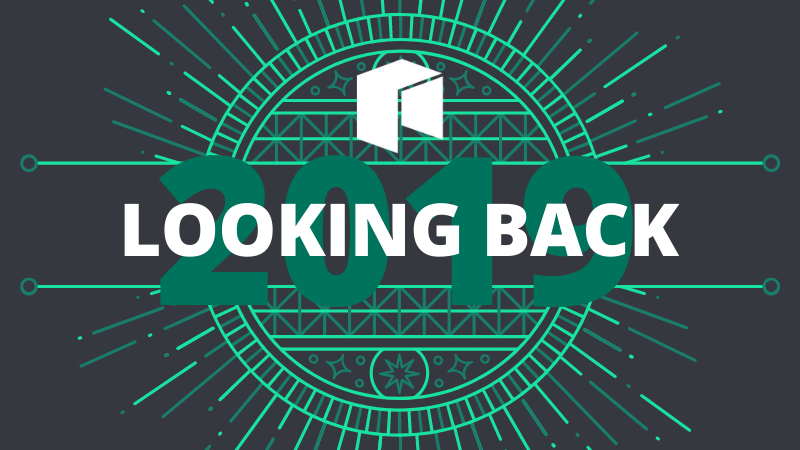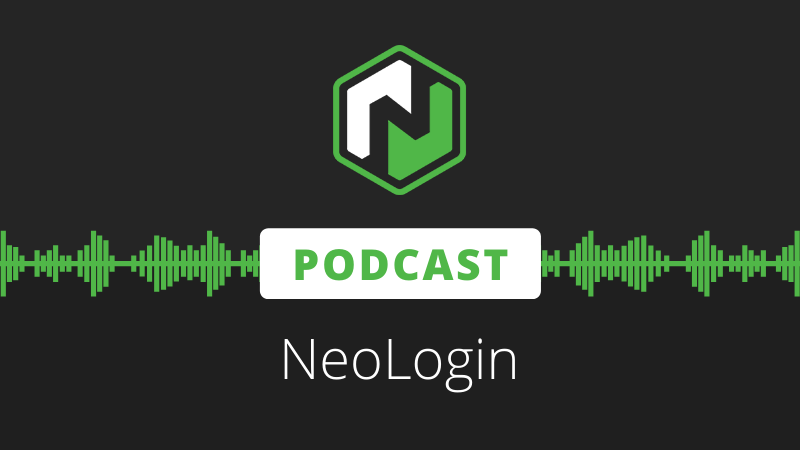
Nash has released a review of its progress in 2019, documenting the major milestones and accomplishments completed as part of its mission to making transparent and decentralized finance accessible to everyone. Following the summary of its progress through the year, Nash goes on to outline the services that it aims to deliver in 2020 as the platform seeks to achieve general availability.
Year in Review
The year in review begins with a look back at the Nash rebrand, announced on January 18th as part of its first quarterly report event for 2019, hosted in Amsterdam. The report also introduced key backend infrastructure, such as the cross-chain state channel matching engine, and how user’s assets will remain non-custodial through the use of zero-knowledge proofs.
During Neo DevCon in Seattle, Nash unveiled its website redesign and launched a referral system intended to help with platform outreach. The presentation at DevCon also noted the upcoming beta tests, which launched on March 31st for Nash community members. Beta tests would continue to run through April and May, offering opportunities for the team to gather feedback used to further improve the platform’s user experience.
In its Q2 report, released at the end of July, Nash outlined features planned for its upcoming MVP launch. These included fiat on-ramps as well as support for cross-chain trading between the Neo and Ethereum blockchains.
The MVP was officially launched in September, following the release of a TypeScript SDK and sandbox environment for developers. From this point forward, Nash focused on iterative development to various user interfaces and backend components, as reported during its Q3 report event in Lisbon. Around this time, Nash also launched its mobile application for handling KYC, and began work on Bitcoin integration powered by hash time locked contracts (HTLCs), intended to allow for performant, non-custodial trading of BTC on the exchange.
Although Bitcoin trading is still a work in progress, November saw the inclusion of Bitcoin into Nash’s fund management tools, allowing users to send and receive Bitcoin from their Nash wallets. The team also updated the Nash mobile application with wallet functionality, allowing users to access their portfolio from Android or iOS devices. The team rounded out the year with the release of an open-source market making bot in December, making use of the previously released Python API to help improve liquidity by facilitating automated trading.
Goals for 2020
The report also outlined Nash’s plans for 2020, including the release of Bitcoin trading pairs on its exchange. According to the team, HTLCs and other scripting primitives supported by Bitcoin will be used to create a state channel solution similar to the Lightning Network, allowing non-custodial trading of BTC for the first time in the industry. This system will also facilitate the implementation of cryptocurrencies built on closely related blockchains such as Litecoin, Dogecoin, and Bitcoin Cash.
Engineers working at Nash are also developing a “second-gen authentication protocol” that uses multi-party computation to generate threshold signatures, as opposed to the traditional approach of using a private key directly to sign transactions. This feature is intended to allow a user to set their own custom limits on account withdrawals over a given time period. By setting these limits, users can limit the amount of tokens that a potential attacker would be able to withdraw.
Between Bitcoin support and this new authentication protocol, Nash seeks to refine its MVP into a complete product, achieving general availability. Moving forward from this point, Nash notes that it will continue to refine its products and expand existing services. These developments will include improvements to the staking and exchange experiences, the launch of Nash Pay as a payments solution with automatic currency conversion, and the launch of Nash’s own fiat ramp.
Finally, the team also intends to integrate Nash Pay and trading functionality into its mobile applications, creating an all-in-one solution for accessing the full range of services offered by Nash.







About The Author: Brett Rhodes
Brett is a blockchain enthusiast and freelance writer who originally began producing content for the gaming & eSports industries. Now he spends most of his time contributing in the Neo ecosystem.
More posts by Brett Rhodes